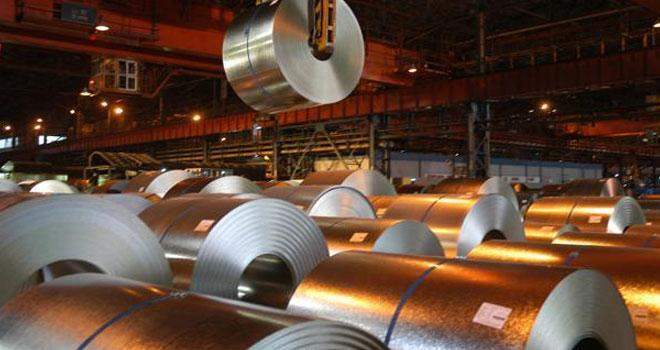China reported slower manufacturing growth in October for the second straight month as the country’s trade war dispute with the U.S. continues.
Official manufacturing Purchasing Managers’ Index (PMI) was 50.2 — lower than the 50.6 that analysts expected in a Reuters poll. The official manufacturing PMI was 50.8 in September.
A reading above 50 indicates expansion, while a reading below that signals contraction.
October is the first full month after the latest U.S. tariffs went into effect. Washington and Beijing slapped additional tariffs on each other’s goods on Sept. 24.
Economic data from China is being closely watched amid a trade war between the two economic giants.
Chinese statistics bureau statistician Zhao Qinghe wrote in an analysis of the data that manufacturing activity in October was hit by long national public holidays and a “complex and variable external environment” that caused “fluctuations” in demand and supply.
Already, China reported slower-than-expected growth of 6.5 percent in the third quarter of the year — its weakest pace since the first quarter of 2009.
Even before the escalation in trade tensions with the U.S. this year, Beijing was already trying to manage a slowdown in its economy after three decades of breakneck growth.
The trade war with the U.S. is now complicating those efforts, with analysts expecting Beijing to boost policy easing measures to manage the threats from the bilateral dispute that may derail growth.
China’s official PMI gauge focuses on large companies and state-owned enterprises, while the private survey by Caixin and IHS Markit focus on small and medium-sized enterprises.
Results of another private manufacturing survey focused on small and mid-sized firms will be released on Thursday.
